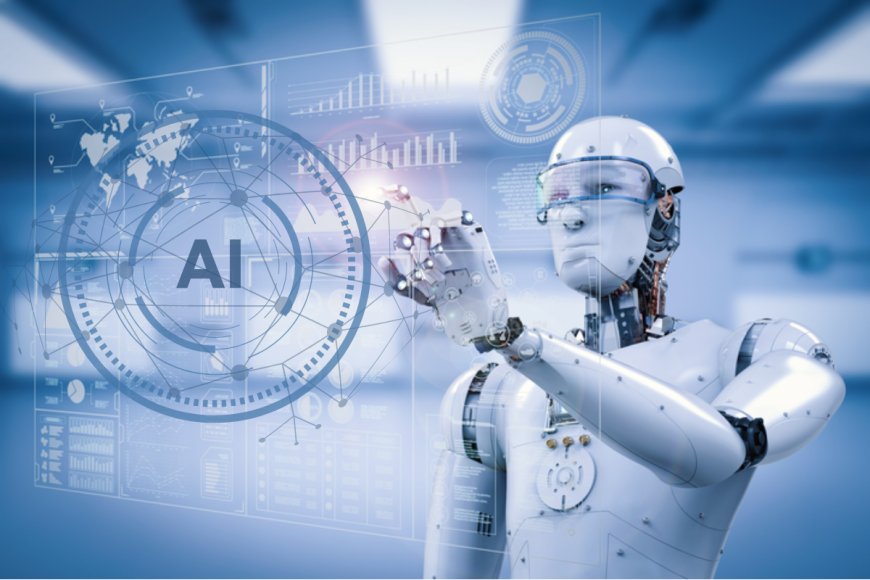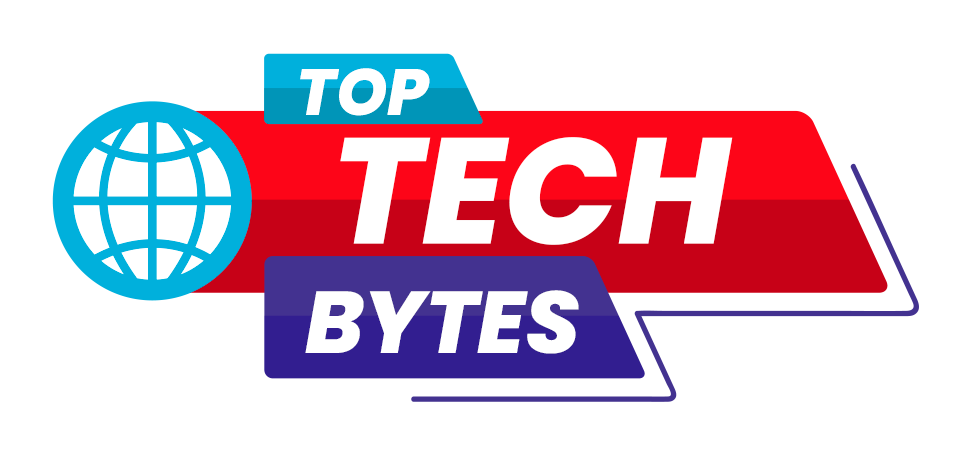AI's Rapid Evolution: Transforming Industries While Raising New Threats
AI is rapidly transforming industries, from robotics and healthcare to cybersecurity and education. While its advancements bring innovation, risks such as cyber threats, data poisoning, and ethical concerns demand strong oversight and security measures.

Artificial intelligence (AI) has been leading to a revolution in various industries over the course of the past year, accelerating automation and redefining possibilities. An improvement in content production has been brought about by generative and agentic artificial intelligence, while AI-powered healthcare tools are changing diagnosis and sometimes surpassing the skills of humans.
As we draw closer to the year 2025, humanoid agents are going to reimagine the way in which technology interacts with people, and autonomous robots are gaining popularity in settings other than industrial ones. Artificial intelligence-driven solutions will become increasingly accessible across industries as a result of the emergence of robotics-as-a-service (RaaS).
The use of artificial intelligence has also had a significant impact on biosecurity and cybersecurity. Cyberwarfare that is driven by artificial intelligence, in which neural interfaces and bio-augmentation bring both innovation and risks, is a concern for experts. Interactions between the brain and computers could be manipulated by hackers, which raises concerns regarding privacy, security, and ethical implications. In the field of cyber-biosecurity, the requirement for robust frameworks is more important than it has ever been.
Additionally, artificial intelligence is revolutionizing disaster recovery strategies, automating backup procedures, and improving operational efficiency. Experts, on the other hand, warn that placing an excessive amount of dependence on artificial intelligence in disaster management could result in compliance violations and trust breaches, hence highlighting the importance of human monitoring.
AI technologies in education are transitioning from the generation of content to the facilitation of critical thinking and the enhancement of creative thinking. Malware and data poisoning are two examples of hidden dangers that are associated with AI-powered models. These risks offer an increasing concern. It has been predicted by specialists that attackers may soon surpass defenders, which highlights the urgent necessity for more stringent security measures in the deployment of artificial intelligence.
This article is based on information from Tech News World







